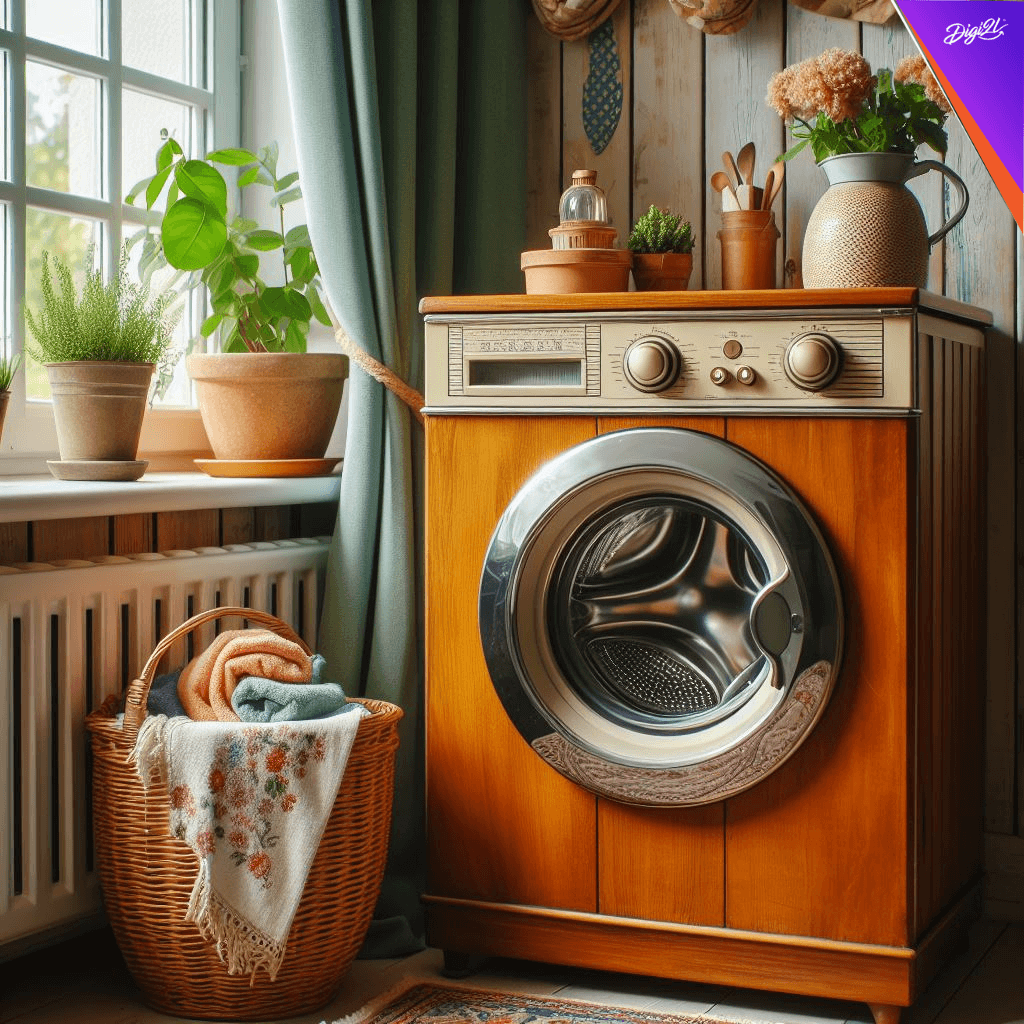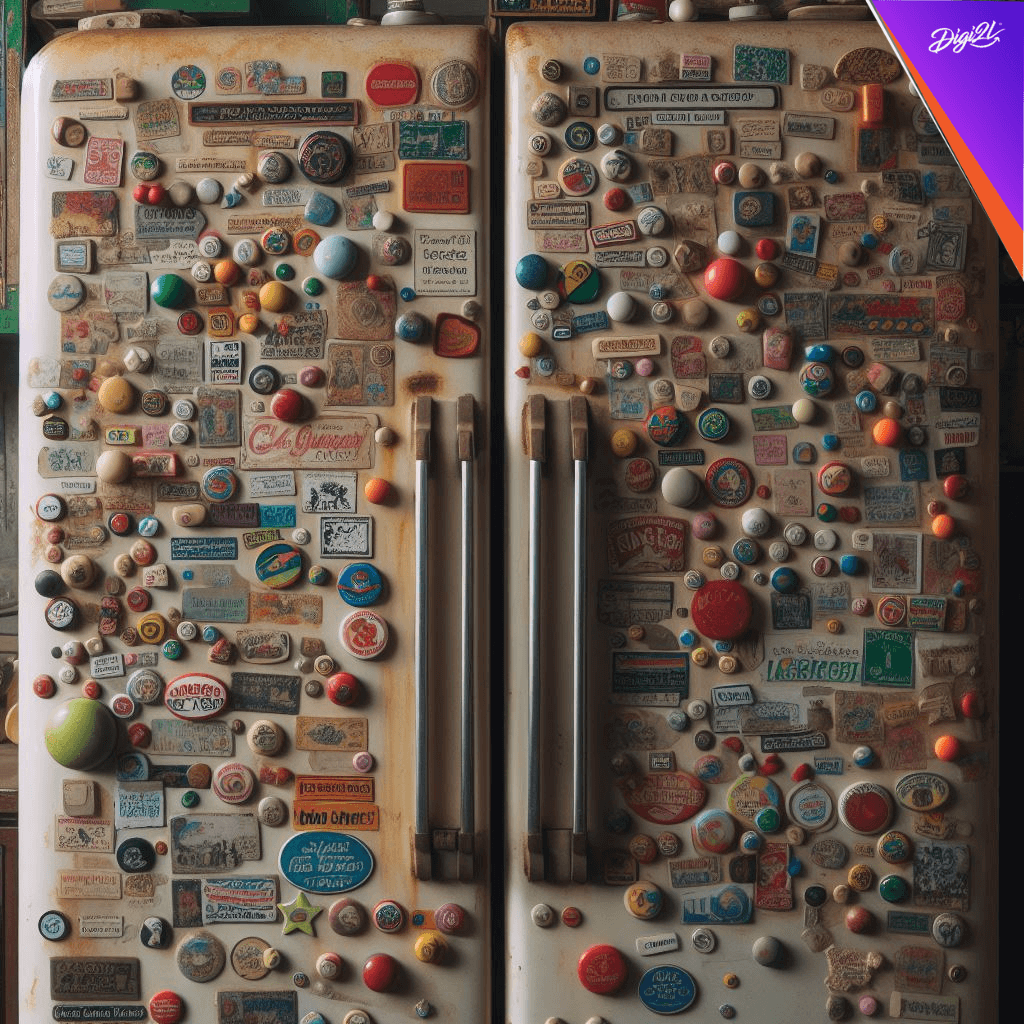
Please Wait ...

Please Wait ...
Enquiry






Curently We are Not Serviceable In this Pincode
91 Springboard, Business Hub, Godrej & Boyce, Gate No. 2, LBS Marg, Vikhroli West, Mumbai, 400079
91 Springboard, Business Hub, Godrej & Boyce, Gate No. 2, LBS Marg, Vikhroli West, Mumbai, 400079
91 Springboard, Business Hub, Godrej & Boyce, Gate No. 2, LBS Marg, Vikhroli West, Mumbai, 400079
91 Springboard, Business Hub, Godrej & Boyce, Gate No. 2, LBS Marg, Vikhroli West, Mumbai, 400079
91 Springboard, Business Hub, Godrej & Boyce, Gate No. 2, LBS Marg, Vikhroli West, Mumbai, 400079
91 Springboard, Business Hub, Godrej & Boyce, Gate No. 2, LBS Marg, Vikhroli West, Mumbai, 400079
91 Springboard, Business Hub, Godrej & Boyce, Gate No. 2, LBS Marg, Vikhroli West, Mumbai, 400079
91 Springboard, Business Hub, Godrej & Boyce, Gate No. 2, LBS Marg, Vikhroli West, Mumbai, 400079
91 Springboard, Business Hub, Godrej & Boyce, Gate No. 2, LBS Marg, Vikhroli West, Mumbai, 400079
Min
Max
₹5,000
₹45,000
Suggested Price







Blogs> Enduring Legacy: Unraveling the Durability of Yesteryear’s Home Appliances

Vintage home appliances like fridges and TVs often exhibit remarkable longevity, prompting curiosity about the factors contributing to their enduring endurance compared to their modern counterparts. The resilience of these relics from the past can be attributed to several key elements ingrained in their design, repair culture, and focus on functionality. Crafted with a philosophy of durability, vintage appliances were constructed using sturdy materials such as metal and featured simpler designs with fewer electronic components. This emphasis on simplicity minimized the risk of breakdowns and resulted in exceptional reliability over time. Additionally, a thriving DIY culture encouraged individuals to maintain and repair their appliances, aided by readily available spare parts and accessible repair manuals. This hands-on approach, coupled with the expertise of local technicians, significantly extended the lifespan of vintage appliances. Moreover, appliances from yesteryears prioritized functionality over features, excelling in their core tasks without the distractions of modern innovations. This dedication to reliability ensured that vintage models stood the test of time, earning the trust of generations. However, the contemporary consumer landscape introduces new dynamics driven by fast-changing trends and the pursuit of constant innovation. Manufacturers may prioritize new features and energy efficiency over extreme durability, leading to products with shorter lifespans and encouraging frequent upgrades. This trend aligns with the concept of planned obsolescence, where products are intentionally designed to become obsolete or require replacement within a short timeframe. While advancements in materials and manufacturing techniques have improved certain aspects of modern appliances, they may not always guarantee increased durability. Complex electronic components and lightweight materials aimed at enhancing portability can sometimes compromise robustness. Ultimately, the enduring legacy of vintage appliances lies in their simplicity, sturdiness, and timeless functionality. While embracing the progress and possibilities of today’s technology, it’s essential to recognize and preserve the charm and resilience of appliances from the past. Striking a balance between innovation and longevity ensures that future generations can appreciate the enduring craftsmanship and quality of vintage treasures.
In today’s fast-paced world, it’s common to witness rapid advancements in technology, making our lives more convenient and comfortable. However, some aspects of the past still hold a certain charm and endurance that leaves us wondering why certain home appliances from yesteryears, like fridges and TVs, seem to outlast their modern counterparts. In this blog, we’ll explore the factors that contribute to the longevity of vintage home appliances and the trade-offs that come with modern advancements.
Built to Last: The Art of Simplicity
Home appliances of yesteryears were crafted with a philosophy of durability and longevity. Manufacturers emphasized simplicity and used sturdy materials, such as metal, in their construction. These appliances had fewer electronic components and moving parts, reducing the likelihood of breakdowns and malfunctions. As a result, vintage fridges and TVs boasted exceptional reliability, earning the trust of generations.
Repairability and DIY Culture
In the past, a strong DIY (Do-It-Yourself) culture thrived, encouraging people to repair and maintain their appliances. Spare parts were readily available, and repair manuals were accessible, making it easier to fix minor issues and extend the lifespan of these appliances. This hands-on approach, along with the availability of skilled local repair technicians, contributed to the longevity of vintage appliances.
Focus on Functionality over Features
Yesteryear’s home appliances were designed with a primary focus on functionality. They were built to perform their core tasks efficiently, without the bells and whistles of modern features. This emphasis on reliability and performance often resulted in appliances that withstood the test of time, as they were engineered to excel in their primary functions.
Planned Obsolescence and Consumer Trends
In contrast, the modern consumer landscape is driven by fast-changing trends and the demand for constant innovation. Manufacturers may sometimes prioritize new features, designs, and energy efficiency over extreme durability. This can lead to products with a shorter lifespan, encouraging frequent upgrades and replacements, which align with the concept of planned obsolescence.
Advancements in Materials and Manufacturing
The rapid evolution of technology has brought about advancements in materials and manufacturing techniques. While these innovations have improved certain aspects of appliances, they may not always translate into increased durability. Some modern appliances may incorporate complex electronic components or use lighter materials to enhance portability, sacrificing a degree of robustness.
The enduring legacy of yesteryear’s home appliances, such as fridges and TVs, lies in their simplicity, sturdiness, and timeless functionality. While modern advancements have introduced exciting features and energy-efficient designs, the trade-off may be a reduced lifespan due to planned obsolescence and shifting consumer trends. However, it’s essential to strike a balance between innovation and longevity, ensuring that future generations can still appreciate the charm and resilience of appliances from the past. As we cherish the memories of these vintage treasures, let’s also celebrate the progress and possibilities that today’s technology brings to our lives.
Image by vectorpocket on Freepik

By Digi2L - April 27, 2024

By Digi2L - April 26, 2024

By Digi2L - April 25, 2024